Resumen:
Seleccione pastos de estación fría (poa azul de Kentucky, festuca alta, raigrás o festuca fina) según el periodo de crecimiento de 15-24 °C de su región, la luz solar y el suelo. Siembre a principios de otoño o primavera, mantenga el pH entre 6,0 y 7,0 y siga un calendario estacional de corte, riego, fertilización y aireación para un césped exuberante y duradero.
Por qué son importantes los pastos de estación fría
Las gramíneas de estación fría se destacan en las regiones septentrionales y de transición, donde el crecimiento en primavera y otoño alcanza su máximo a temperaturas del suelo entre 7 °C y 18 °C. Permanecen verdes y vigorosas en los meses más fríos, mientras que las gramíneas de estación cálida entran en letargo. Su tolerancia a la sombra las hace ideales bajo árboles o cerca de edificios; las festucas finas y altas toleran especialmente la luz filtrada.
Sin embargo, estas hierbas requieren cuidados más frecuentes. Requieren riego constante, fertilización oportuna y siega regular para prevenir el estrés y las enfermedades. Al comprender las necesidades de cada especie y las condiciones de su terreno, evitará zonas sin vegetación, aclareos y malezas comunes en céspedes descuidados.
Las mejores opciones de césped para estaciones frías
Hierba azul de Kentucky
Puntos fuertes:
- Textura y color finos: crea un césped denso, similar a una alfombra, que se repara automáticamente mediante rizomas subterráneos.
- Tolerancia moderada a la sombra: crece bien con 4 a 6 horas de sol al día.
Consideraciones:
- Alto mantenimiento: necesita entre 2 y 4 libras de nitrógeno por cada 1000 pies cuadrados al año y un drenaje excelente para evitar el encharcamiento.
- Establecimiento lento: la germinación puede tardar entre 14 y 30 días; vuelva a sembrar las áreas raleadas a principios del otoño para obtener mejores resultados.
Festuca alta
Puntos fuertes:
- Raíces profundas y resistencia a la sequía: prospera en suelos arenosos o arcillosos y tolera períodos secos ocasionales.
- Tolerancia al desgaste: conserva el color y la recuperación incluso en zonas de mucho tráfico, lo que lo hace ideal para áreas de juego.
Consideraciones:
- Textura gruesa: menos aterciopelada que el pasto azul, pero tolera alturas de corte desiguales.
- Hábito de agrupamiento: no se propaga a través de rizomas, por lo que no reparará por sí solo grandes áreas desnudas sin resiembra.
raigrás perenne
Puntos fuertes:
- Germinación rápida: brota en 5 a 7 días y llena rápidamente los espacios vacíos.
- Buena resistencia a las enfermedades: Resiste enfermedades comunes del césped, como la mancha dólar y la mancha marrón.
Consideraciones:
- Corte frecuente: prefiere una altura de corte de 2 a 3 pulgadas; puede requerir cortes semanales en temporada alta.
- Tolerancia moderada a la sombra: mejor a pleno sol o sombra parcial.
Mezcla de festuca fina
Puntos fuertes:
- Campeón de la sombra: las plantas trepadoras rojas, las chewings y las festucas duras florecen con tan sólo 3 horas de luz filtrada.
- Bajo consumo: necesidades mínimas de riego y fertilización una vez establecido, perfecto para jardines que requieren poco mantenimiento.
Consideraciones:
- Sensibilidad al calor: presenta dificultades en el calor del verano; considere mezclarlo con bluegrass para un rendimiento equilibrado.
- Residuos finos: las hojas caídas y la paja pueden sofocar las hojas delgadas; cubra con mantillo las hojas de otoño o rastrille suavemente.
Cómo combinar el césped con su jardín
- Zona climática
- Climas del norte (zonas 3 a 5 del USDA): predominan el pasto azul y el raigrás perenne, que aprovechan las primaveras y los otoños más fríos.
- Zonas de transición (6-7): Las mezclas de festuca alta ofrecen tolerancia al calor sin sacrificar por completo el verdor del invierno.
- Noroeste del Pacífico : Las festucas finas se destacan bajo la niebla y la sombra costeras.
- Exposición a la luz solar
- Pleno sol (≥6 hrs/día): pasto azul de Kentucky, raigrás.
- Sombra parcial (3–6 horas/día): Festuca alta, festuca fina.
- Sombra profunda (<3 horas/día): considere usar cubiertas vegetales ornamentales o mezclas de festuca fina y densa, ya que la mayoría de los pastos se aclaran.
- Suelo y drenaje
- Suelo arenoso: Las raíces profundas de la festuca alta se destacan en condiciones de drenaje rápido.
- Suelo arcilloso: la densa capa de Bluegrass evita el barro y la compactación con una aireación regular.
- Uso y estética
- Áreas de alto tráfico: Festuca alta o mezclas con raigrás perenne para una recuperación rápida.
- Céspedes de exhibición: pasto azul de Kentucky para un color inigualable y autoreparación.
Consejos para el establecimiento y la siembra
- Momento:
- Principios del otoño (del 25 de agosto al 10 de octubre): ventana ideal para el calor y la humedad del suelo, lo que produce un fuerte establecimiento de raíces.
- Principios de la primavera: Opción secundaria si no se realiza la siembra de otoño, pero puede haber mayor competencia de malezas (pasto de cangrejo).
- Preparación del suelo:
- pH 6,0–7,0: Pruebe y modifique con cal (aumente el pH) o azufre (reduzca el pH), teniendo en cuenta que las modificaciones necesitan entre 6 y 12 meses para surtir efecto completo.
- Eliminación de paja: quite la paja si la capa es mayor de ½″ para asegurar el contacto entre la semilla y el suelo.
- Tasas de siembra:
- Mezclas: 2–3 lbs/1000 ft²
- Especie única: 1–2 libras/1000 pies².
- Riego:
- Fase inicial: rocíos ligeros 2 a 3 veces al día hasta que las plántulas se establezcan.
- Transición: cambie a un riego profundo y poco frecuente (aproximadamente 1 pulgada por semana) para promover la profundidad de las raíces.
Calendario de mantenimiento estacional
|
Tarea |
Primavera |
Verano |
Caer |
Invierno |
|
Cortar |
2–3″ semanales |
2–3″ semanales |
2–3″ quincenalmente |
Según sea necesario (inactivo) |
|
Abonar |
1 libra N/1000 pies² |
— |
1 libra N/1000 pies² |
— |
|
Airear |
Principios-mediados de primavera |
— |
Finales de verano/principios de otoño |
— |
|
Resiembra |
No es necesario |
— |
2–3 libras/1000 pies² |
— |
Errores comunes y consejos profesionales
- Riego excesivo: Provoca raíces superficiales y problemas de hongos. Procura un riego profundo y poco frecuente.
- Ignorar el pH: un pH desequilibrado dificulta la absorción de nutrientes; vuelva a analizar el suelo cada 2 o 3 años.
- Invasión de malezas: aplique herbicidas preemergentes a principios de la primavera para bloquear la maleza.
- Equipo descuidado: mantenga las cuchillas de la cortadora de césped afiladas y las plataformas limpias para garantizar cortes precisos.
Reflexiones finales
Un césped próspero de estación fría comienza con la elección correcta del césped, adaptado a su clima, luz y uso, y continúa con una instalación diligente y un cuidado estacional. Al adaptar las condiciones de su terreno a la especie adecuada, programar la siembra correctamente y seguir un programa de mantenimiento estructurado, cultivará el césped vibrante y resistente que siempre ha deseado.
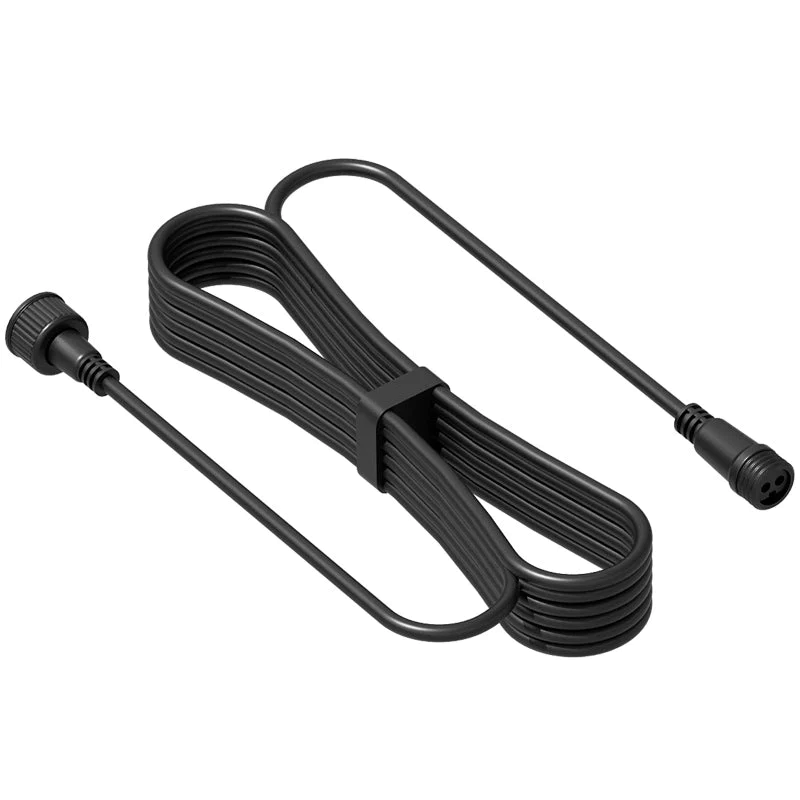
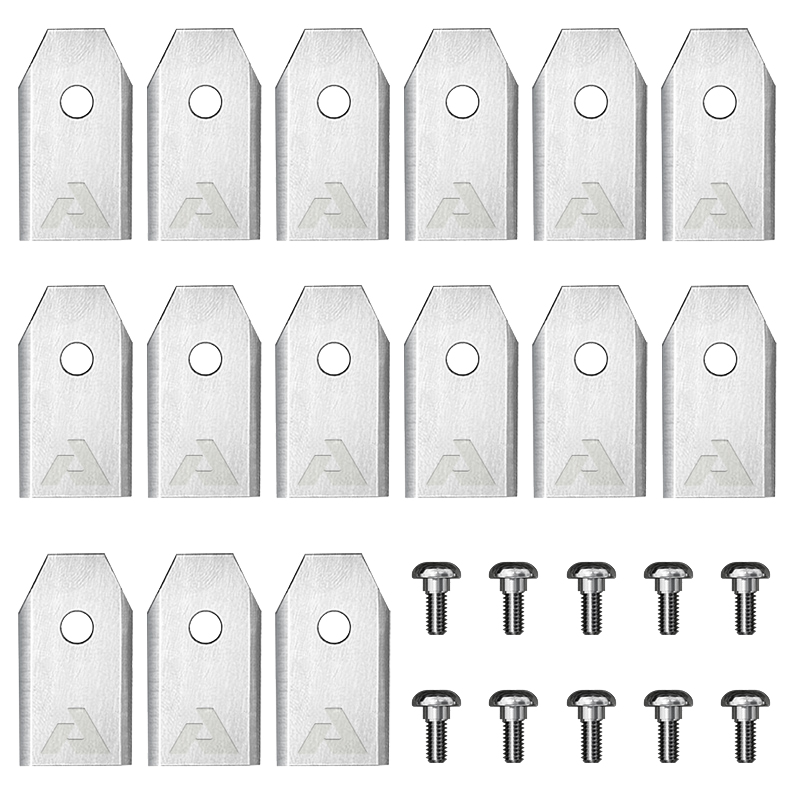
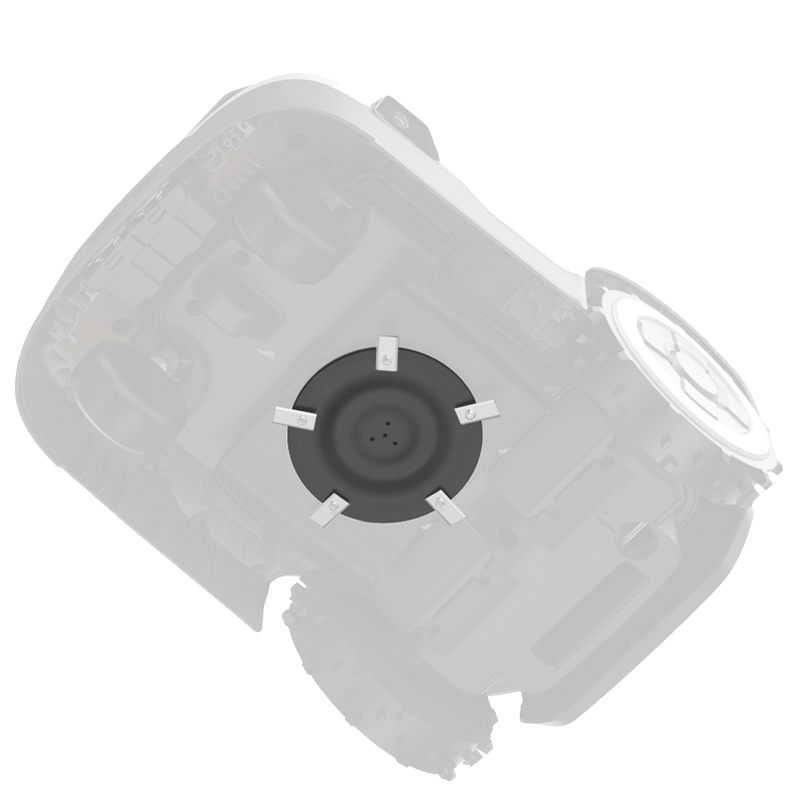
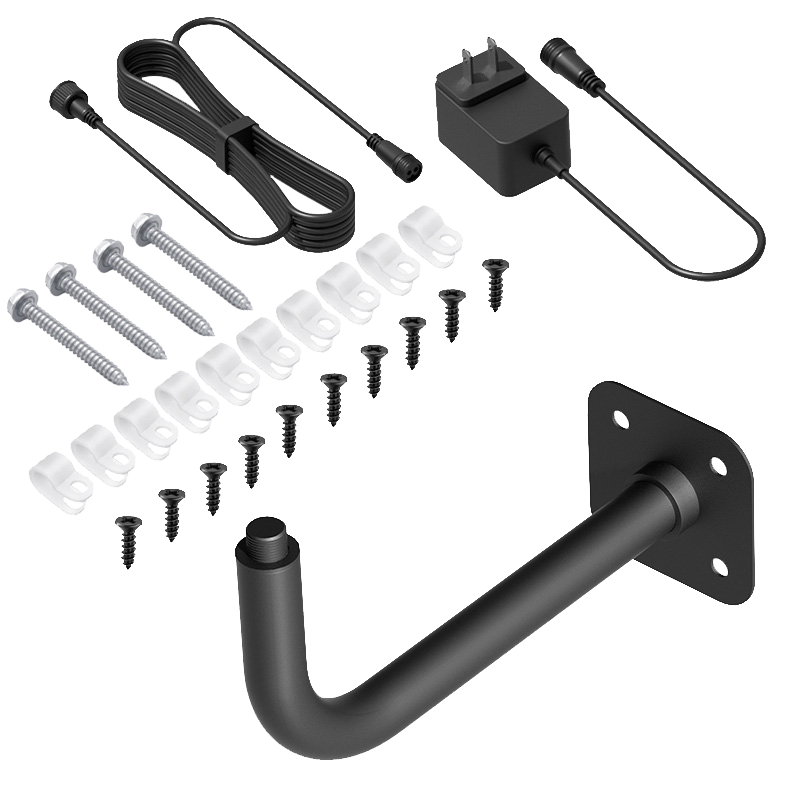

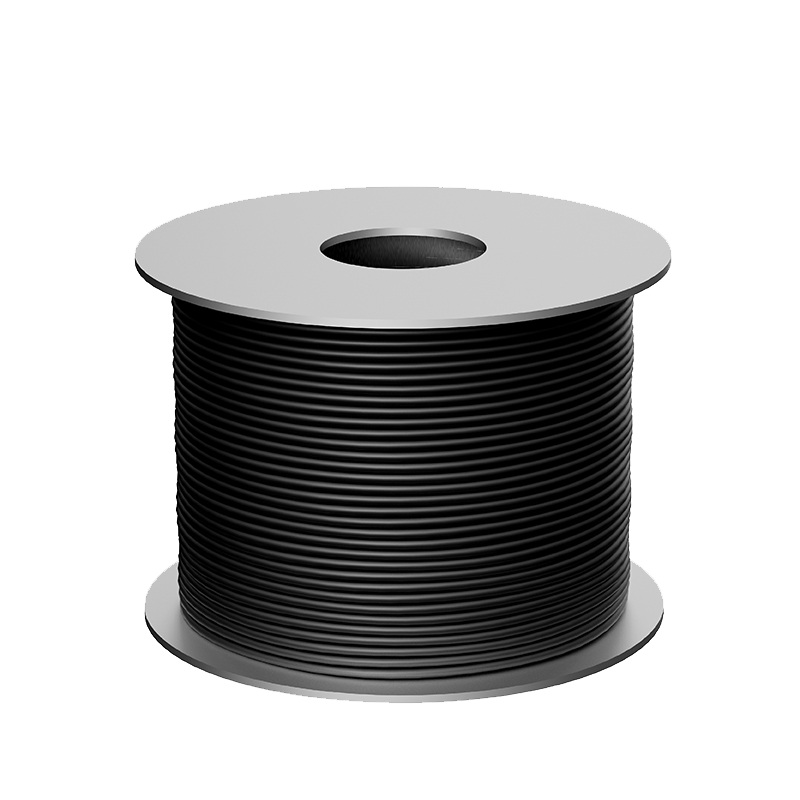
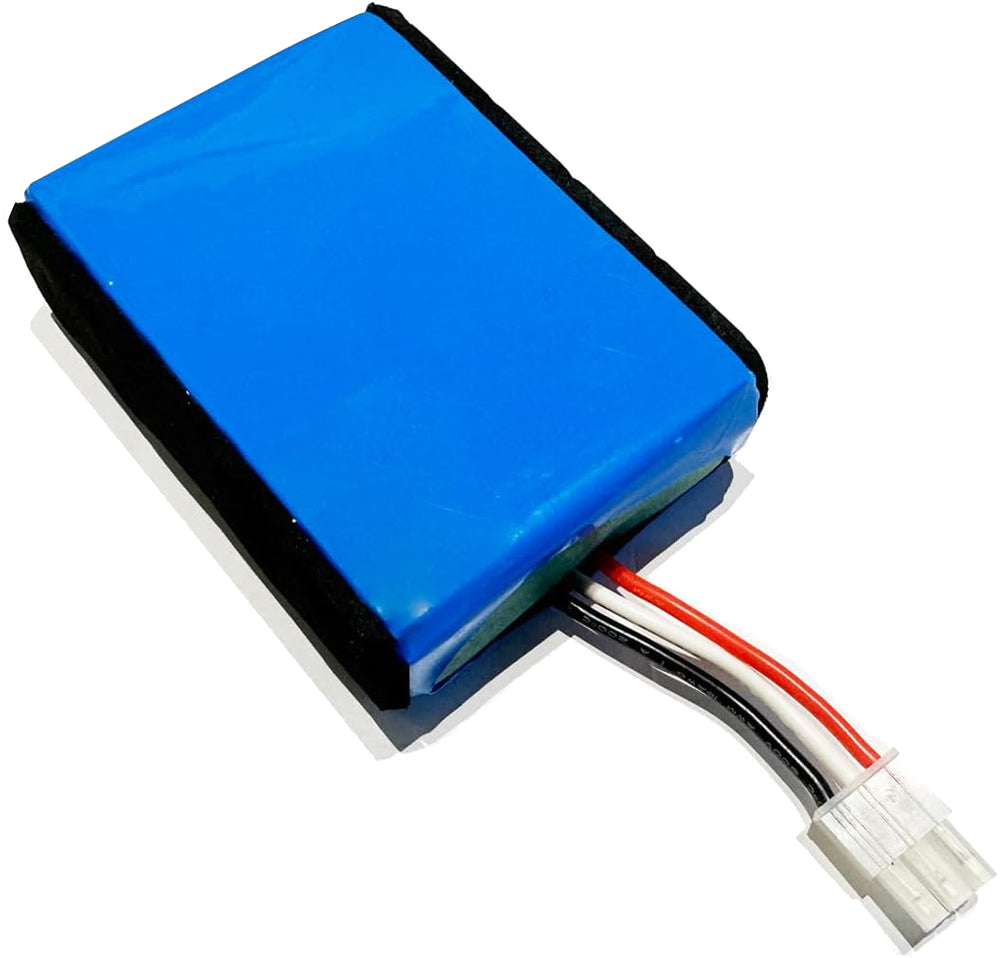



Dejar un comentario
Este sitio está protegido por hCaptcha y se aplican la Política de privacidad de hCaptcha y los Términos del servicio.